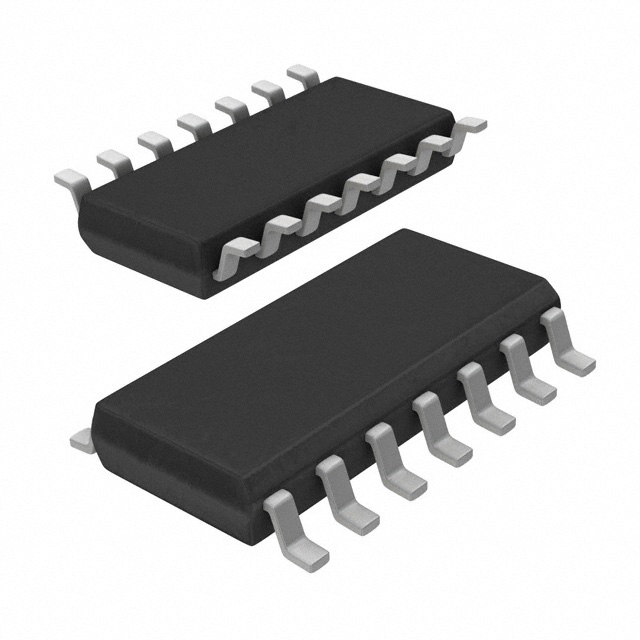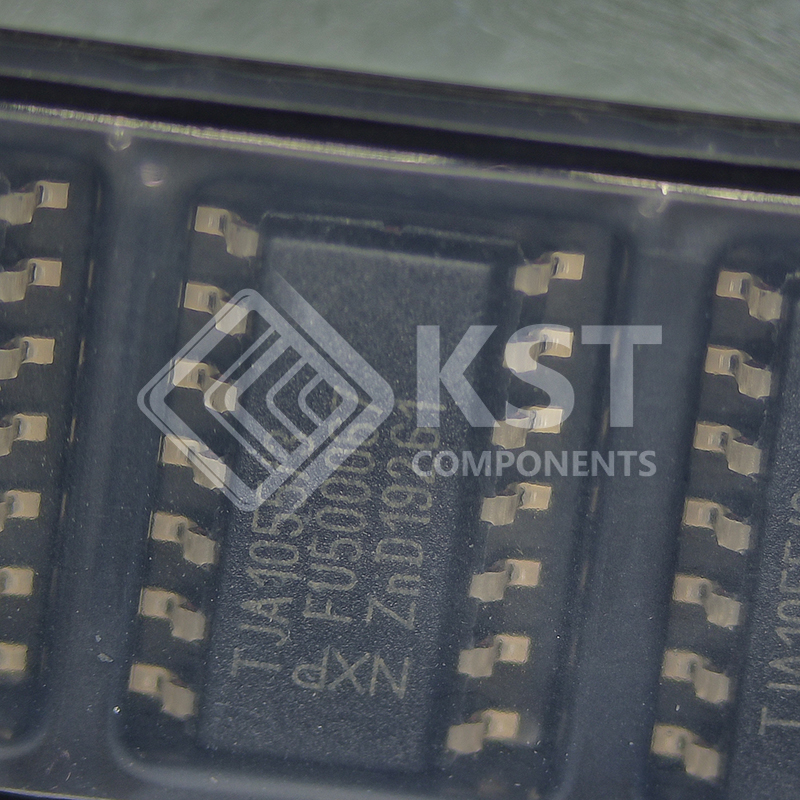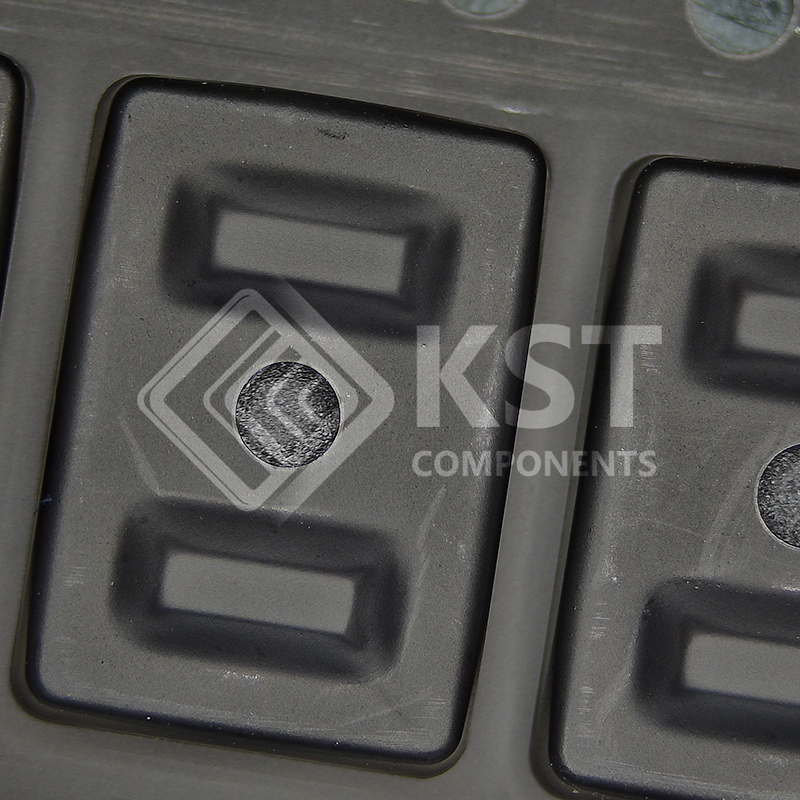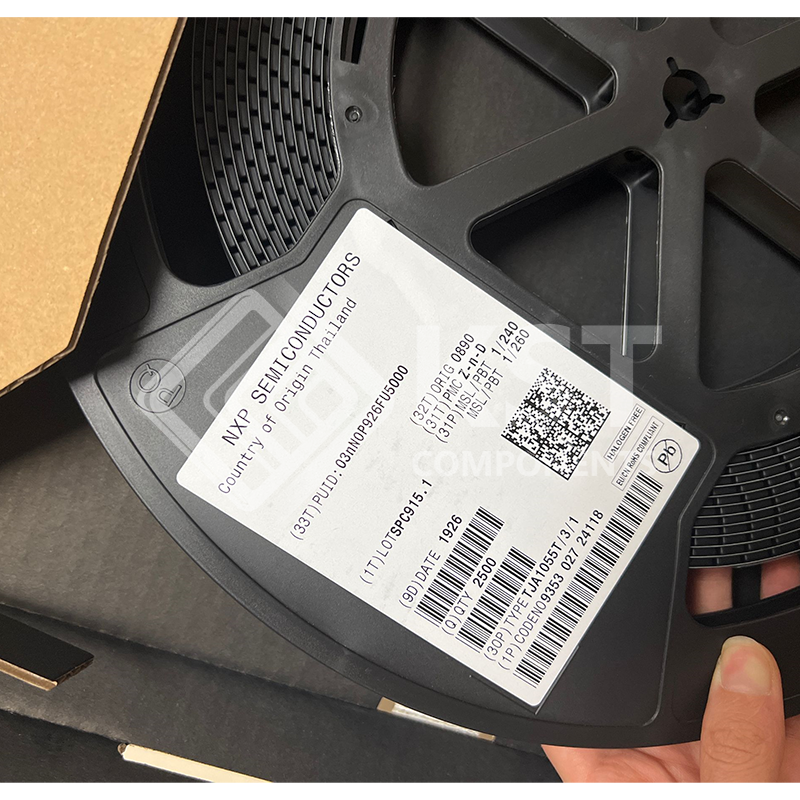Optimized for in-car low-speed communication
Pin-to-pin compatible with TJA1054 and TJA1054A
Baud rate up to 125 kBd
Up to 32 nodes can be connected
Supports unshielded bus wires
Very low ElectroMagnetic Emission (EME) due to built-in slope control function and a very good matching of the CANL and CANH bus outputs
Very high ElectroMagnetic Immunity (EMI) in normal operating mode and in low power modes
Fully integrated receiver filters
Transmit Data (TxD) dominant time-out function
High ESD robustness:
8 kV Electrostatic Discharge (ESD) protection Human Body Model (HBM) for off-board pins
6 kV Electrostatic Discharge (ESD) protection IEC 61000-4-2 for off-board pins
Low-voltage microcontroller support
Bus failure management
Supports single-wire transmission modes with ground offset voltages up to 1.5 V
Automatic switching to single-wire mode in the event of bus failures, even when the CANH bus wire is short-circuited to VCC
Automatic reset to differential mode if bus failure is removed
Full wake-up capability during failure modes
Protections
Bus pins short-circuit safe to battery and to ground
Thermally protected
Bus lines protected against transients in an automotive environment
An unpowered node does not disturb the bus lines
Microcontroller interface without reverse current paths, if unpowered
Support for low power modes
Low current sleep mode and standby mode with wake-up via the bus lines
Software accessible power-on reset flag






